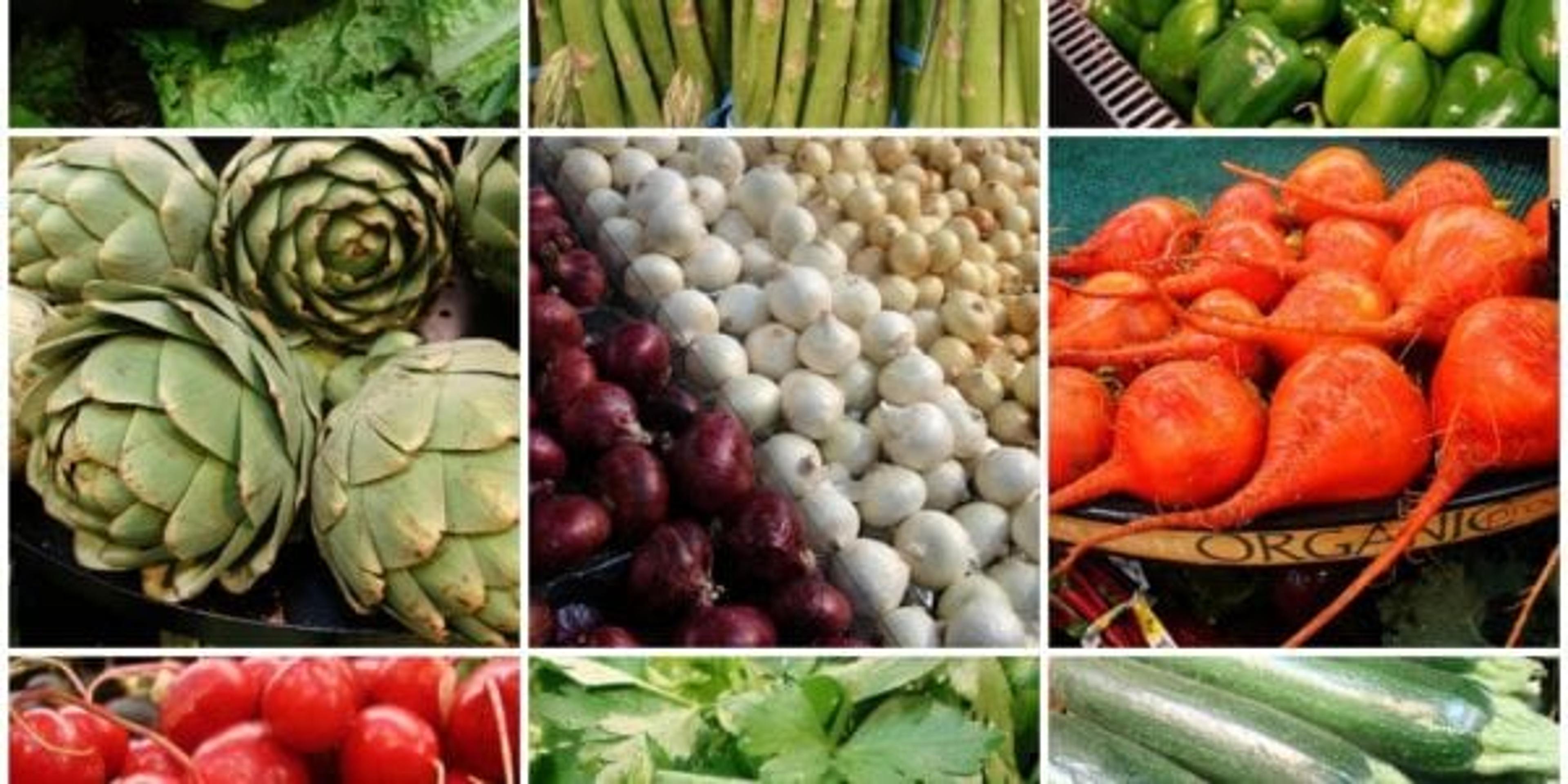Spring, sprint and salivate for Michigan agriculture!

Adriane Davis
| 3 min read

After a dreadful, long, painful winter, spring is finally here! In Michigan, that means farmers markets will start flooding their shelves with homegrown crops and Michigan just so happens to be one of the best places for diverse agriculture. We have more than 10 million acres of farmland and over 200 certified organic farmers, and we rank as the most agriculturally diverse state. Here are 10 crops you can look out for when the weather breaks.
1. Asparagus
This green veggie can be found fresh from April through June. Michigan produces and processes 65%-75% of that ship nationwide. Asparagus is a great source of folic acid, potassium and fiber. It also doesn’t contain any fat or cholesterol, perfect for a beach body diet.
2. Cucumbers
A Michigan favorite, from jarred pickles to slices of fresh cucumbers on a salad, this veggie can be a refreshing way to cool off in the heat of summer. The best time to get a fresh batch of cucumbers is from July to August but pickles are good all year around.
3. Grapes and wine
Jelly, jam, juice, wine or just popping them off the vine, grapes are a versatile crop. Michigan ranks fourth in the nation for Concord and overall grape production. Beginning at the end of August, grape season runs through November and the Southwest side of the state comes in at number 1 in the nation for the production of Niagara grapes.
4. Honey
Michigan honey is gathered in the summer and early fall and contains thiamin, niacin, riboflavin and amino acids. Lighter honey has milder flavor and darker honey has a richer, stronger flavor. Honey is not only a delicious, sweet treat but can also help allergy sufferers. Michigan honey contains flower pollen that can reduce the can help reduce flare ups in allergy sufferers.
5. Pears
Beginning in August, pears are in season and this crisp, nutrient packed fruit only has 100 calories and is an excellent source of vitamin C. Pears are a perfect addition to salads, desserts and for a snack at any time during the day. Bartlett pears are the primary pears that are grown in Michigan.
6. Onions
They might bring tears to your eyes but they certainly add tons of flavor to culinary concoctions! Onions are in season from August to September. They are packed with potassium and are rich in vitamin C.
7. Peaches
Why buy Georgia’s peaches when you can get some from your own backyard? Michigan has a production of peaches perfect summer treats! Peaches are good source of potassium and vitamins C and A.
8. Plums
Michigan produces 2,000 tons of fresh and processed plums every year.Juicy, sweet and flavorful, plums are an excellent treat to satisfy your sweet tooth. Plums have low calorie content and contain no saturated fats.
9. Soybeans
Michigan produces 425,000 tons of soybeans and is the 12th largest soybean producing state. Most of the soybeans that are produced in Michigan go to feed cattle and livestock but soybeans that are produced for consumption, are high in iron and are a make a great mid-day snack.
10. Raspberries and Blackberries
Even though the production of these berries is smaller in Michigan, than other states, Michigan grown berries are used in Michigan restaurants and used for local preserves. These berries are low in calories, carbohydrates and fat. From July to August, fresh berries are readily available in Michigan.
Photo credit: Katiescrapbooklady





